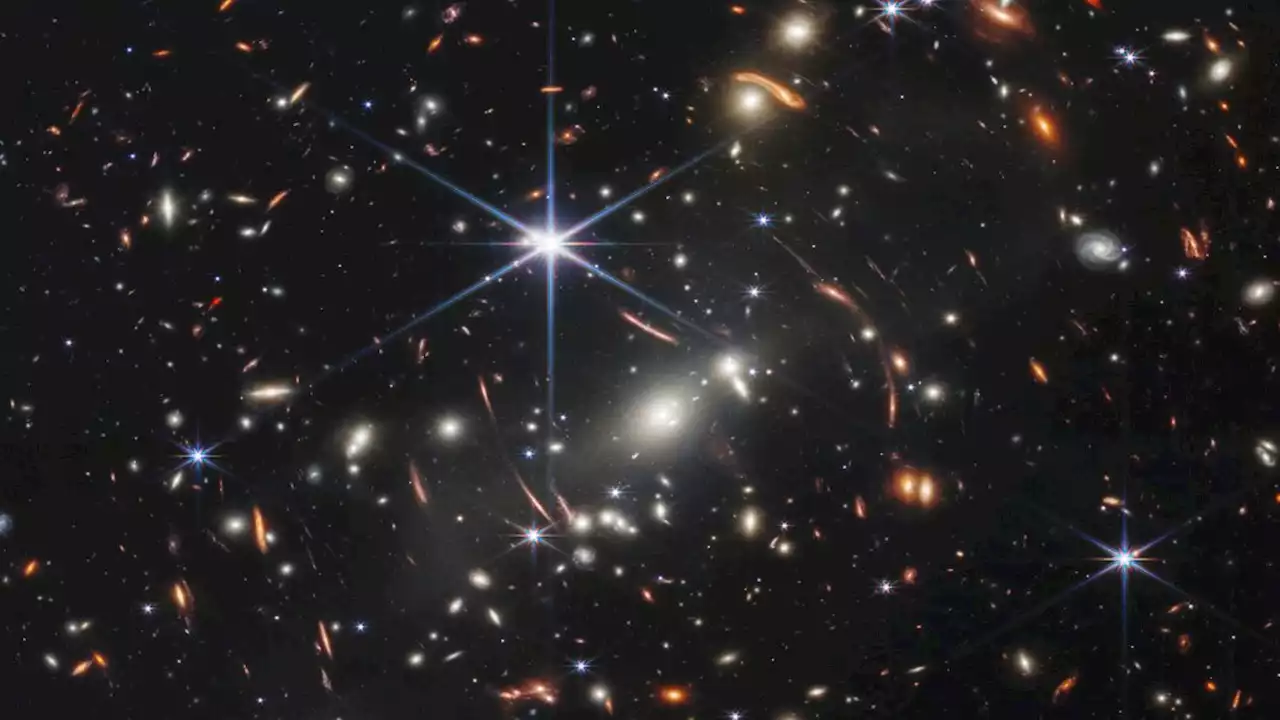The James Webb Space Telescope has spotted some of the earliest and most distant galaxies, but how can we be sure these early galaxies aren't closer and more recent?
The more distant the galaxy, and thus the further back in time it is, the more shifted its originally visible light is down to near-infrared or even infrared. This is why the JWST views the universe in infrared and near infrared; it is the best way to view very early and distant galaxies. with greater values indicating a greater redshift, thus early galaxies have a high z. For instance, the earliest galaxy spotted by Hubblehas z-11.1.
Scientists look at the wavelength of light an element such an oxygen emits and absorbs in a lab here on Earth and compare that with what they see in the universe.called OIII at a wavelength of 88 micrometers here on Earth. When ALMA looked at the spectra from a distant galaxy, astronomers saw OIII at a longer wavelength, 1,160 micrometers meaning it had definitely been redshifted.
From the difference in wavelength between the lab and the astronomical observation it's easy to calculate the redshift. So for this ALMA galaxy z=/88=12.2, this means the galaxy has a redshift of 12.2. With some clever mathematics, this value of z reveals that the galaxy is seen as it was when the universe was just 360 million years old.
The chemical fingerprint of distant galaxies can be used to confirm the time period at which galaxies are seen in another way. The early universe was a sea of hydrogen and helium with just a smattering of heavier elements, which astronomers call"metals" like oxygen and nitrogen.
That means astronomers can look at the spectra of light from a galaxy to see how abundant in heavy elements it is to get a picture of the age of the universe at which it is seen. If it's lacking in metals, that confirms it's probably a galaxy in the early universe. have a light output that is so uniform that they are referred to as"standard candles.
United States Latest News, United States Headlines
Similar News:You can also read news stories similar to this one that we have collected from other news sources.
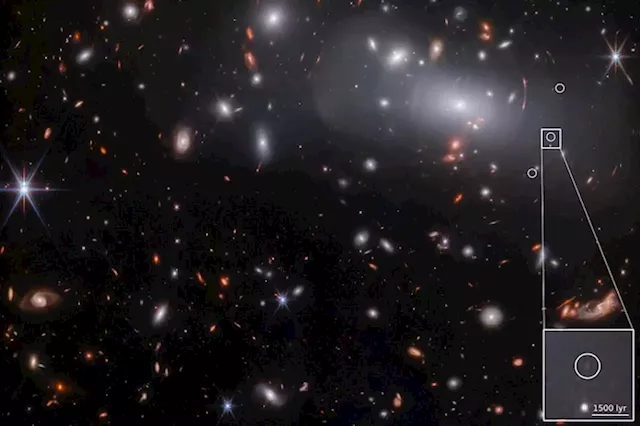 James Webb Space Telescope finds tiny early galaxy packing big star-forming punchA small galaxy that existed half a billion years after the Big Bang could be the key to understanding what ended the 'cosmic dark ages.'
James Webb Space Telescope finds tiny early galaxy packing big star-forming punchA small galaxy that existed half a billion years after the Big Bang could be the key to understanding what ended the 'cosmic dark ages.'
Read more »
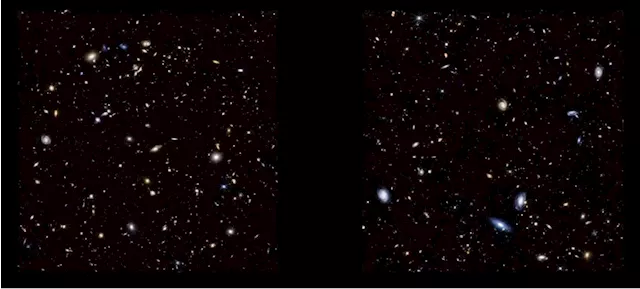 James Webb Space Telescope eyes Hubble Ultra Deep Field in stunning detail (photo)JWST's image reveals previously invisible young galaxies.
James Webb Space Telescope eyes Hubble Ultra Deep Field in stunning detail (photo)JWST's image reveals previously invisible young galaxies.
Read more »
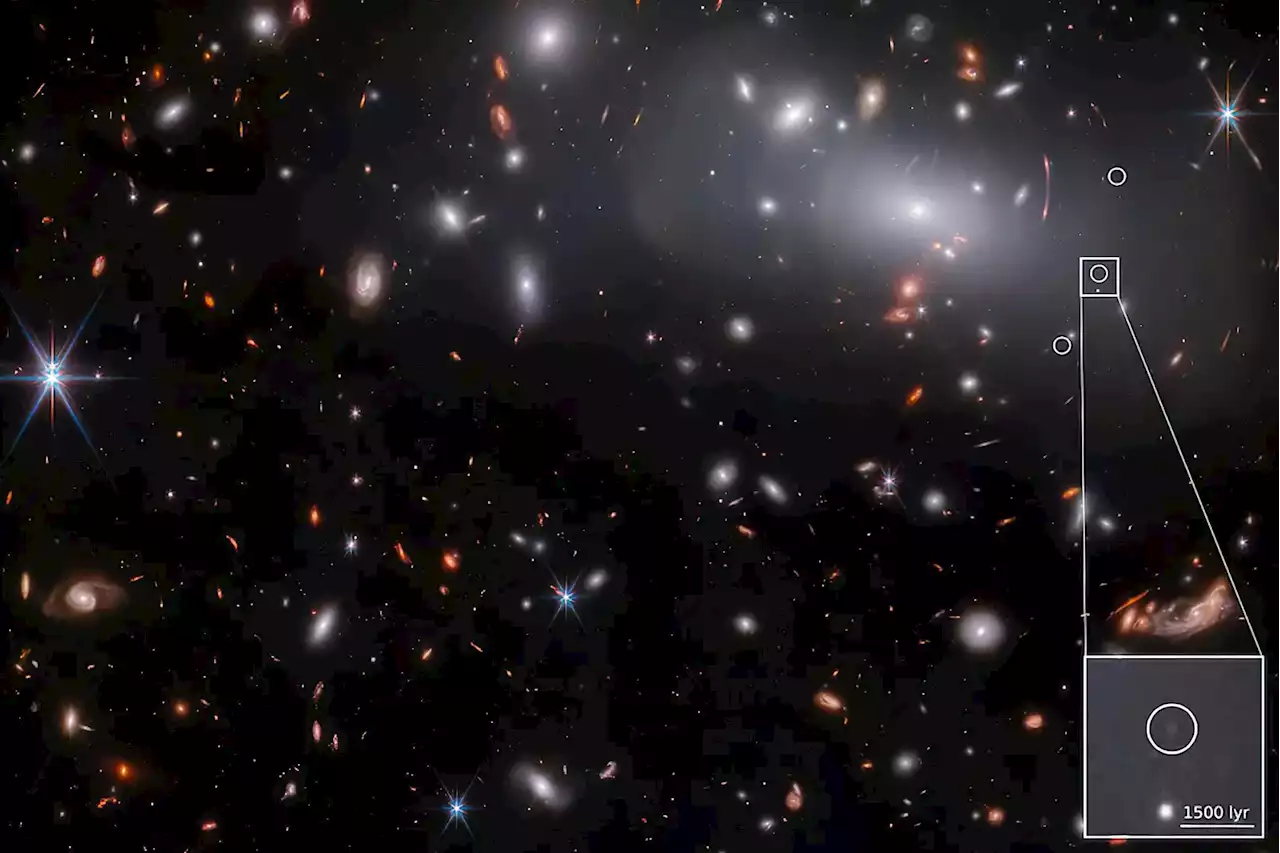 Cosmic Time Travel: Webb Unveils Physical Properties of Compact Galaxy From the Early UniverseThe James Webb Space Telescope has observed a gravitationally lensed galaxy from 510 million years after the Big Bang, revealing insights into the early Universe's reionization process and the characteristics of the earliest galaxies. New James Webb Space Telescope (JWST) imaging and spectroscopy
Cosmic Time Travel: Webb Unveils Physical Properties of Compact Galaxy From the Early UniverseThe James Webb Space Telescope has observed a gravitationally lensed galaxy from 510 million years after the Big Bang, revealing insights into the early Universe's reionization process and the characteristics of the earliest galaxies. New James Webb Space Telescope (JWST) imaging and spectroscopy
Read more »
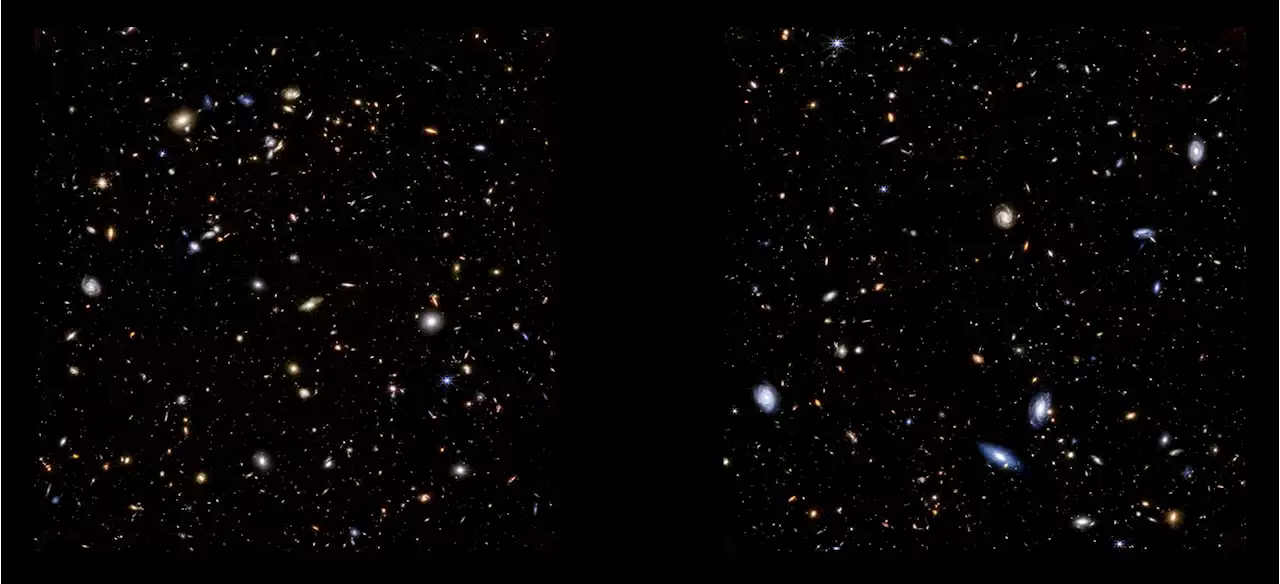 Webb shows areas of new star formation and galactic evolutionOn Oct. 11, 2022, NASA's James Webb Space Telescope spent over 20 hours observing the long-studied Hubble Ultra Deep Field for the first time. The general observer program (GO 1963) focused on analyzing the field in wavelengths between approximately 2 and 4 microns.
Webb shows areas of new star formation and galactic evolutionOn Oct. 11, 2022, NASA's James Webb Space Telescope spent over 20 hours observing the long-studied Hubble Ultra Deep Field for the first time. The general observer program (GO 1963) focused on analyzing the field in wavelengths between approximately 2 and 4 microns.
Read more »
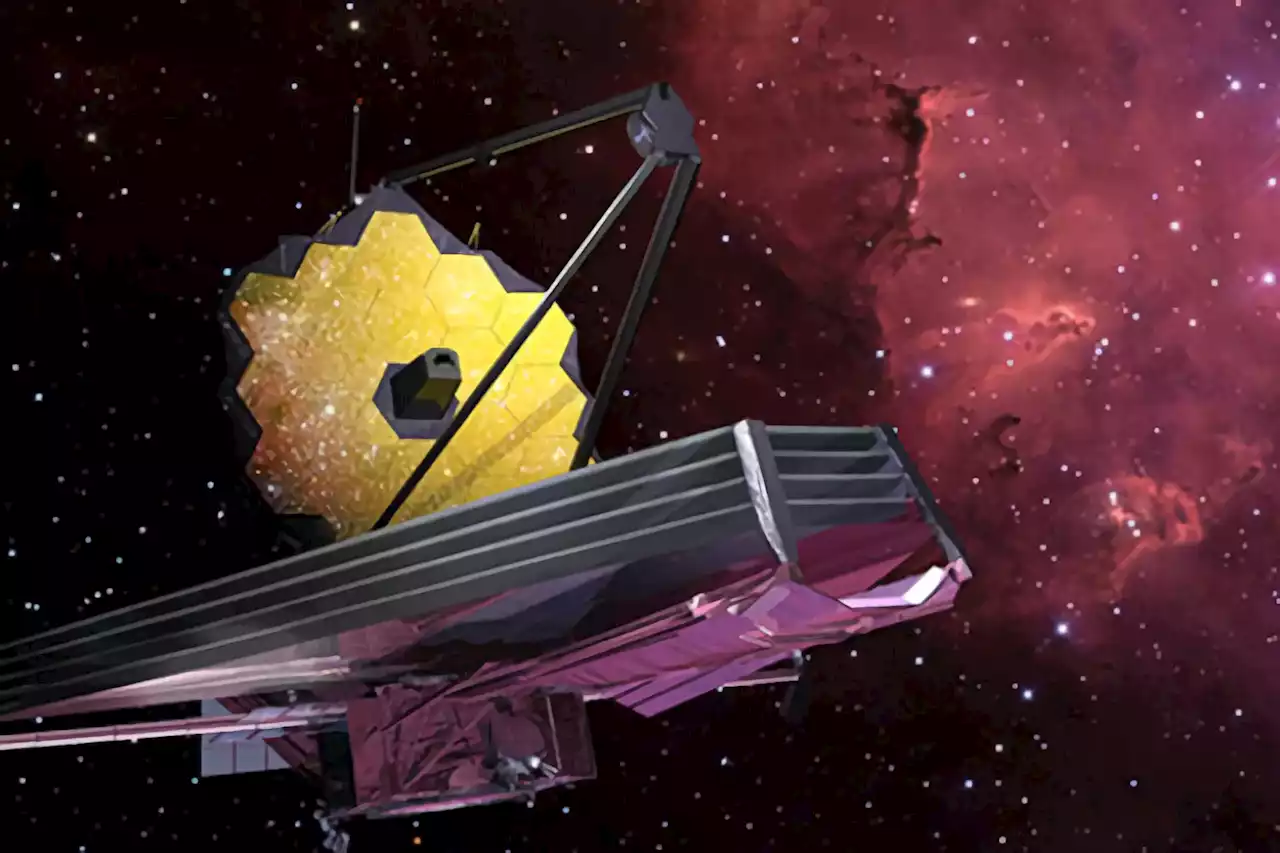 The Webb of Life: Exploring New Star Formation and the Universe’s Ancient SecretsNASA's James Webb Space Telescope observed the Hubble Ultra Deep Field, providing high-resolution images and valuable data on the early universe's galaxies. This information aids in understanding galaxy reionization and was made public for diverse analysis and refining data analysis techniques. O
The Webb of Life: Exploring New Star Formation and the Universe’s Ancient SecretsNASA's James Webb Space Telescope observed the Hubble Ultra Deep Field, providing high-resolution images and valuable data on the early universe's galaxies. This information aids in understanding galaxy reionization and was made public for diverse analysis and refining data analysis techniques. O
Read more »
 SF Giants lock up Logan Webb long term with five-year extensionWebb, 26, signed a 5-year, $90 million extension that keeps him in a Giants uniform through 2028.
SF Giants lock up Logan Webb long term with five-year extensionWebb, 26, signed a 5-year, $90 million extension that keeps him in a Giants uniform through 2028.
Read more »
